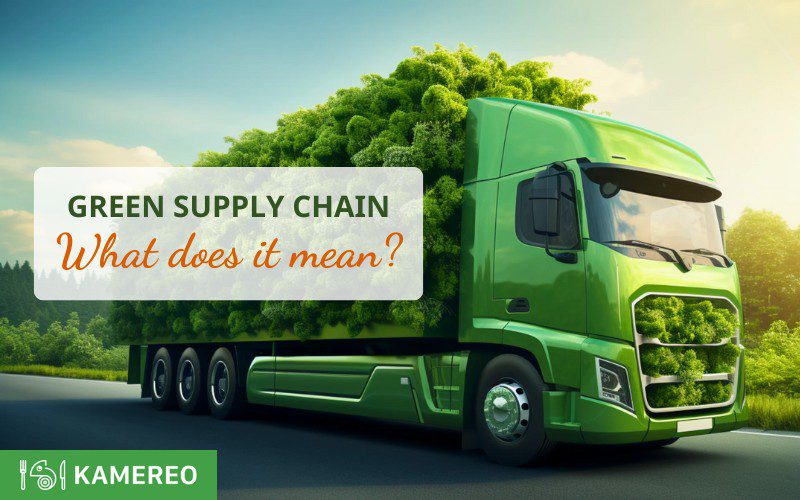According to a survey by the Vietnam Chamber of Commerce and Industry’s Council for Sustainable Development (VCCI), the green supply chain is one of the sustainable development trends following ESG standards. So, what exactly is this green logistics model? Let’s explore it in detail with Kamereo in the following article!
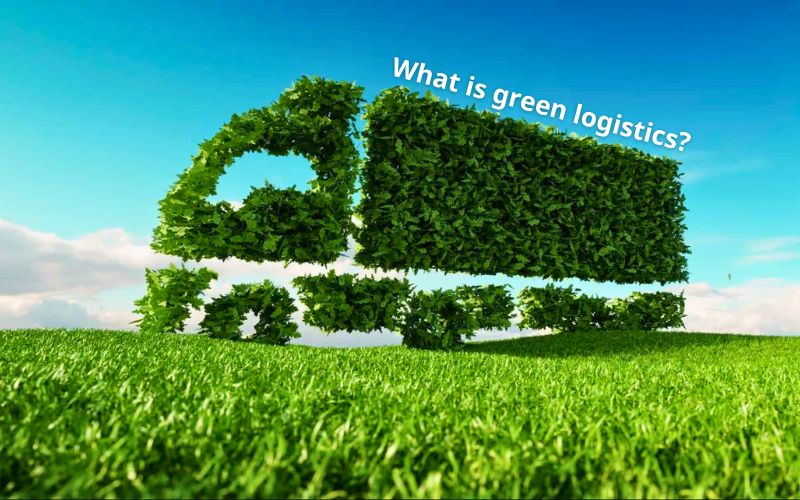
What is a Green Supply Chain?
A green supply chain (English: Green Supply Chain) is a modern supply chain management method. The goal of this model is to minimize negative impacts on the environment and society during the production and delivery of goods/services. Accordingly, the green supply chain is designed to reduce waste, protect the living environment, and enhance economic efficiency.
Current Green Supply Chain Trends include various activities, with green production and green procurement being the most prominent. The details of these two areas are as follows:
- Green Procurement: Focuses on selecting materials and products with minimal impact on the environment and human health. For example, single-use water bottles can be replaced with reusable ones.
- Green Production: Businesses invest in developing environmentally friendly products. This process is often applied to renewable energy systems and green technology products. For instance, Toyota Japan has successfully developed engines that minimize CO2 emissions.
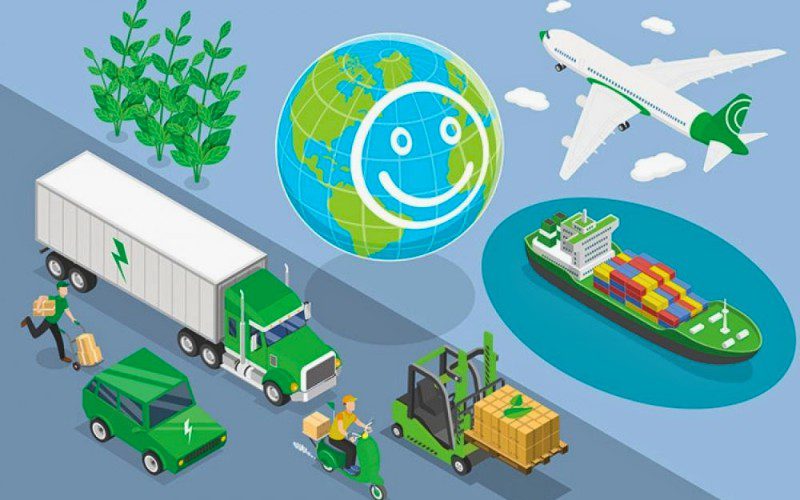
Components of a Green Supply Chain
A green supply chain comprises many key factors to complete a comprehensive model. The interaction between these components plays a crucial role in building a sustainable and environmentally friendly business environment. These factors include:
- Choosing materials from suppliers who comply with environmental and consumer health safety standards.
- Applying reverse supply chain strategies to reduce costs, maximize material usage, and ensure flexible handling of goods when issues arise.
- Building warehouse systems and using inventory management software to optimize energy consumption.
- Implementing waste reduction measures in packaging and limiting the release of harmful substances into the environment.
- Combining various transportation methods, prioritizing solutions that reduce toxic emissions.
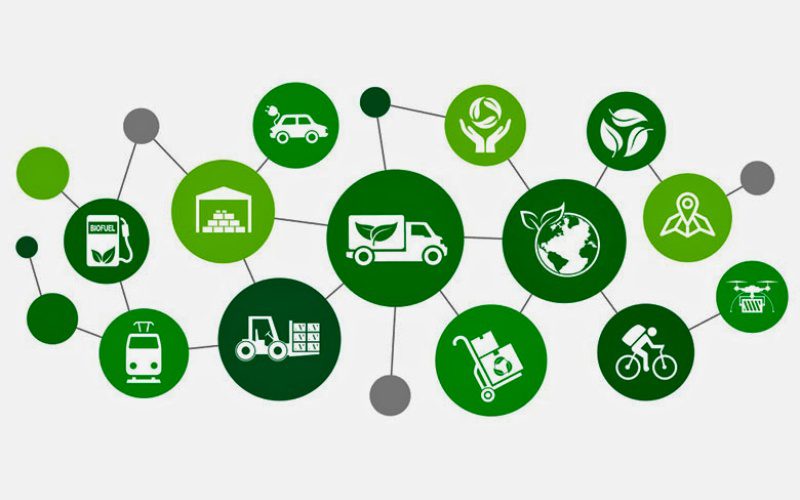
Differentiating Between Green and Traditional Supply Chains
Green and traditional supply chains are two common supply models today. So, what are the similarities and differences between these two models?
Similarities
Both green and traditional supply chains involve managing the flow of goods, information, and finances from suppliers to end customers.
Differences
However, these two types of supply chains differ significantly in terms of objectives, operating methods, and evaluation criteria.
|
Criteria |
Green Supply Chain |
Traditional Supply Chain |
|
Objective |
In addition to the basic goal, the model also focuses on minimizing negative impacts on the environment and promoting sustainable development. |
Focus on optimizing costs, delivery times and product quality |
|
Source of raw materials |
Prioritize raw materials that are renewable or recyclable to protect the environment |
Use raw materials based on cost and production efficiency |
|
Manufacture |
Apply energy-saving production methods, reduce emissions and use environmentally friendly technology |
Focus on optimizing manufacturing processes to reduce costs and enhance performance |
|
Packaging and shipping |
Packaged products are recyclable or biodegradable. At the same time, optimize transportation routes to reduce carbon emissions and save energy |
Choose packaging and shipping solutions based on cost and efficiency |
|
Waste management |
Evaluation is based on environmental impact reduction, compliance with environmental regulations and contribution to sustainable development. |
Efficiency is evaluated based on cost, speed and product quality |
|
Customers and markets |
Raise awareness and social responsibility about environmental protection |
Aim to meet customer needs |
The Role of Green Supply Chains in Business
Green supply chains play an important role for businesses. This model offers many benefits and opportunities for sustainable growth in business operations. Some key benefits of green logistics include:
Economic Aspect
A green supply chain helps businesses optimize processes to increase efficiency, reduce waste, and promote economic growth. Additionally, resource utilization becomes more efficient, reducing waste and input material costs.
Businesses that adopt green supply chains not only save costs but also open opportunities to access new markets. At the same time, you can enhance brand recognition and create a competitive advantage in the market.
This model allows businesses to implement flexible production processes, easily adapting to market changes and customer demands. Moreover, businesses can establish sustainable relationships with suppliers or partners through transparency and commitment to sustainable development.
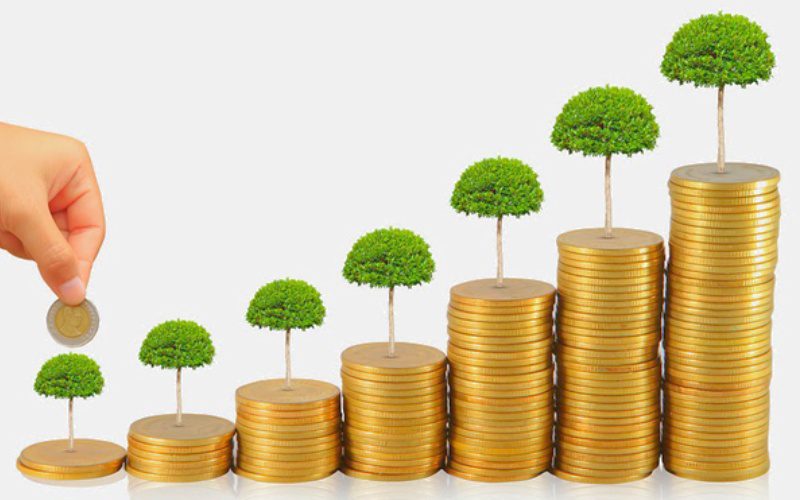
Environmental Aspect
Businesses in a green supply chain limit waste by recycling and using recycled materials. Furthermore, measures such as reducing greenhouse gases and low energy consumption contribute to minimizing the impact on the natural environment.
Additionally, implementing a green supply chain will optimize production processes to reduce waste and use resources efficiently.
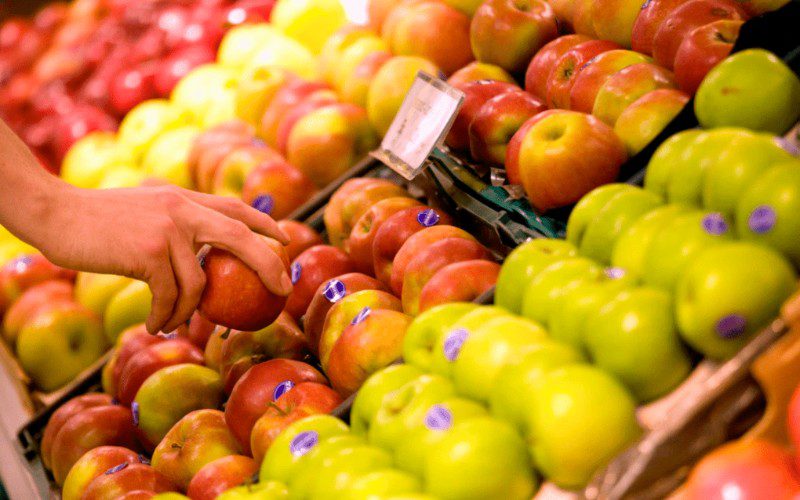
Social Aspect
Businesses participating in green supply chains provide quality products that ensure consumer health safety. Moreover, businesses also minimize waste and pollution to protect the community from the negative impacts of production activities. Especially, companies that adopt green logistics often engage in social activities, supporting local communities, thereby demonstrating their social responsibility.

Conclusion
The green supply chain is not just a trend but an urgent requirement to ensure sustainable development. By transitioning to this model, businesses not only contribute to environmental protection but also create long-term competitive advantages. Follow F&B Business Experience for more interesting information!
Read more:



